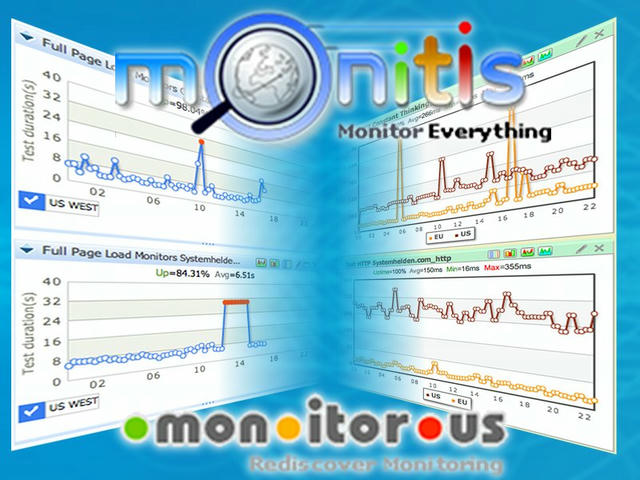
Getting Started With Amazon Web Services
In the last few articles, I shared a few thoughts on how I think the world of IT is changing, which became the context for my good-bye to the world of physical IT altogether.
As of last week, I started working for Amazon Web Services (AWS) as a Solutions Architect, helping customers architect systems and solve technical problems using the latest cloud computing technologies. I’m very thankful to be able to work here, as it brings me back to the very center of IT innovation and gives me the opportunity to do lots of new and interesting things.
In the last weeks, I’ve been digging around AWS and its services, playing with stuff and meeting lots of inspiring people. So I thought I’d put together a few links for those interested in exploring the world of the AWS cloud computing platform for you to learn more about AWS:




